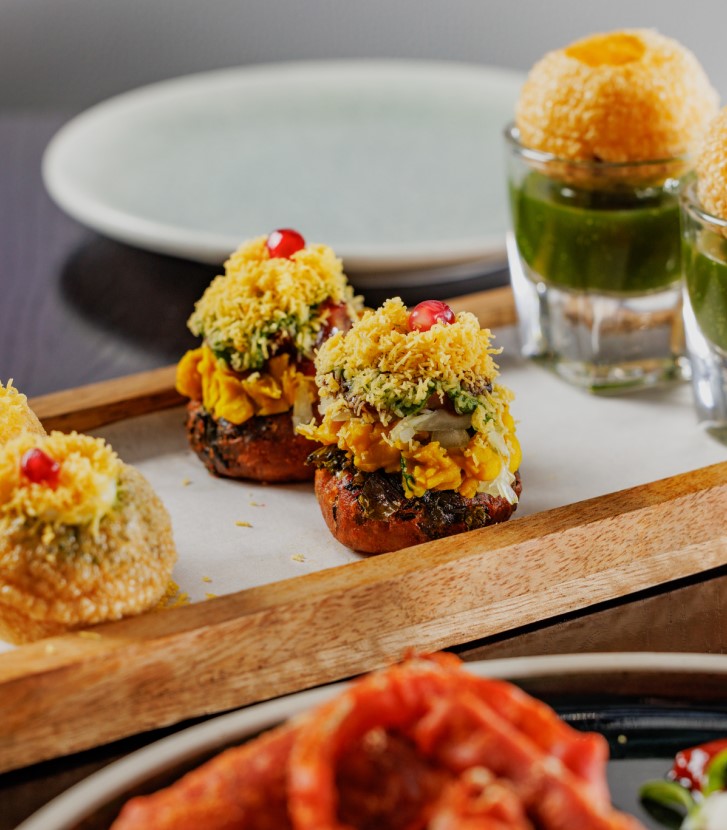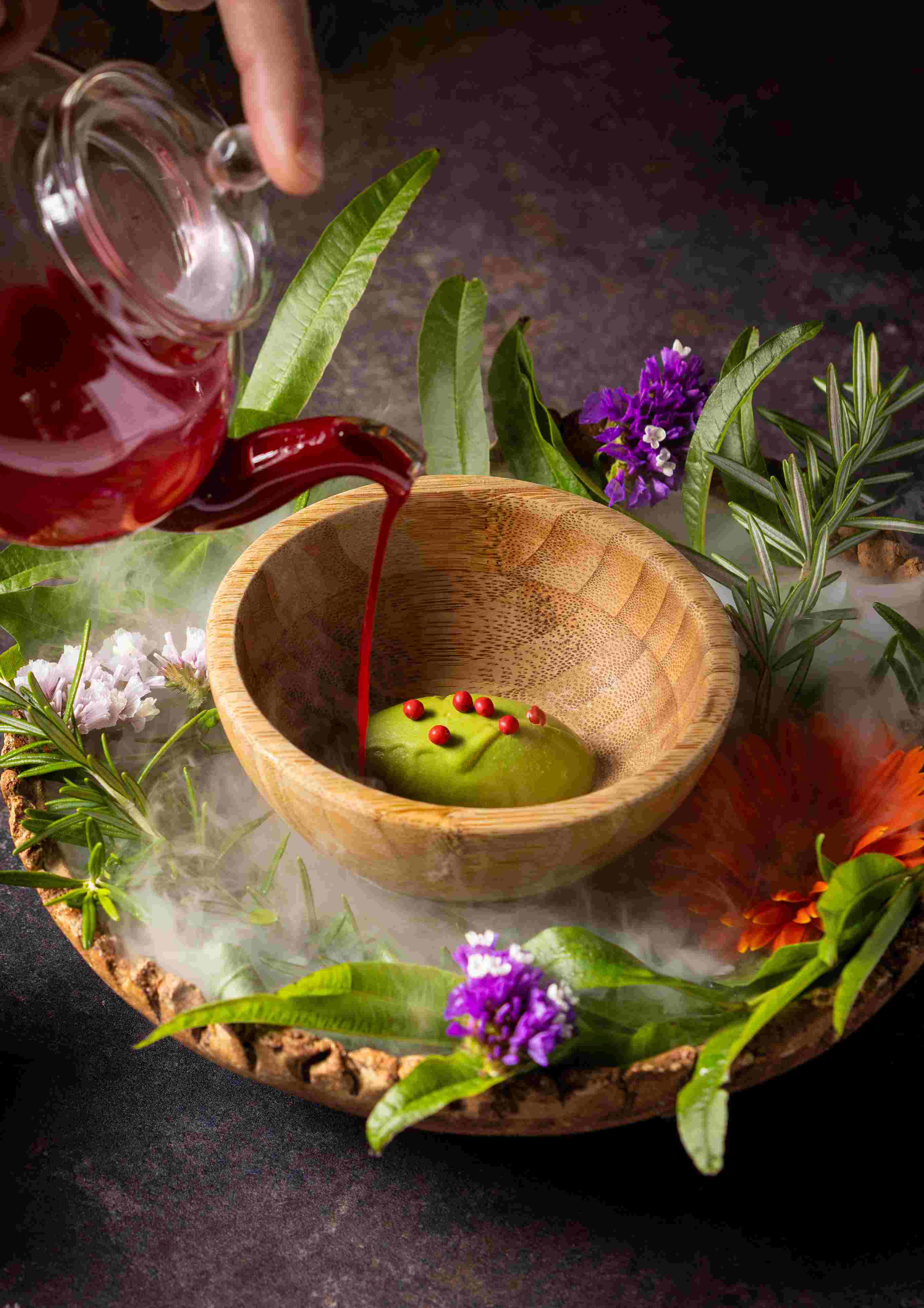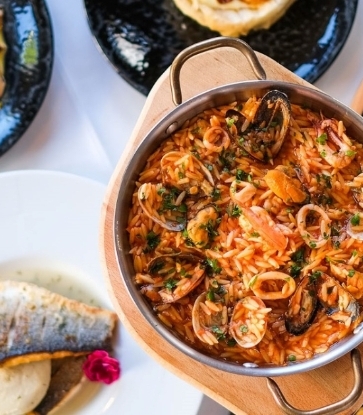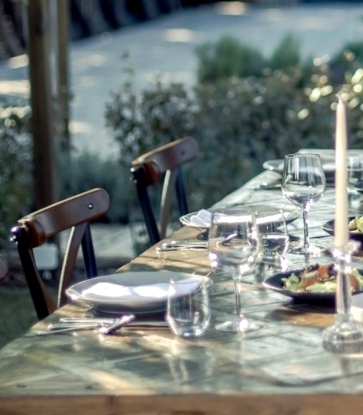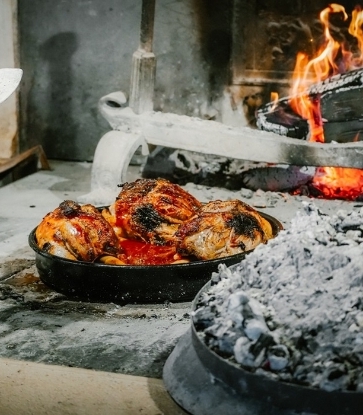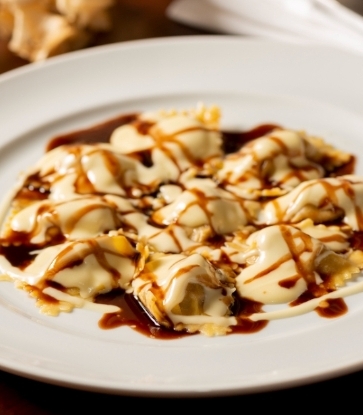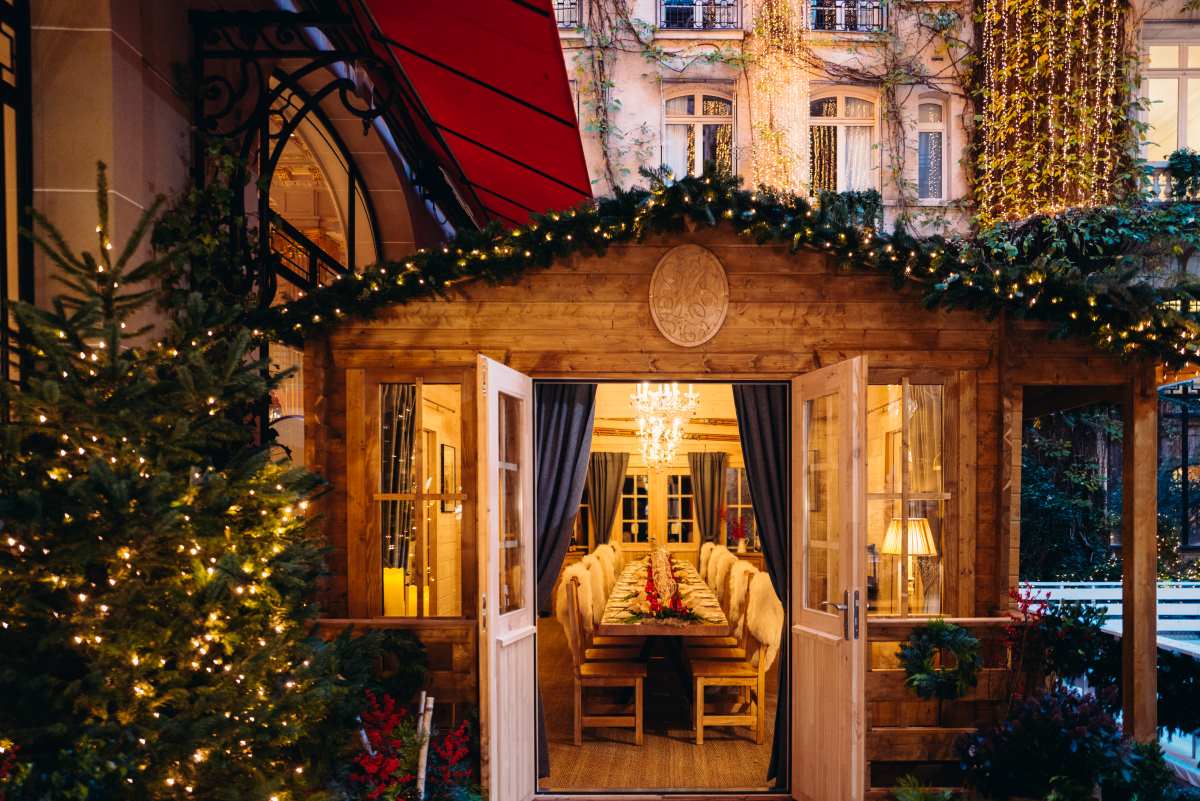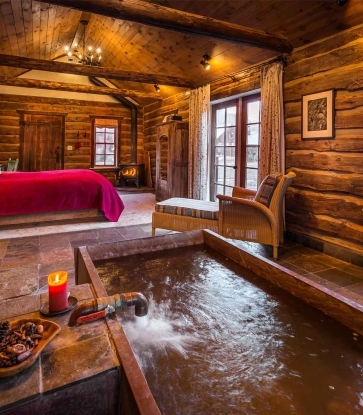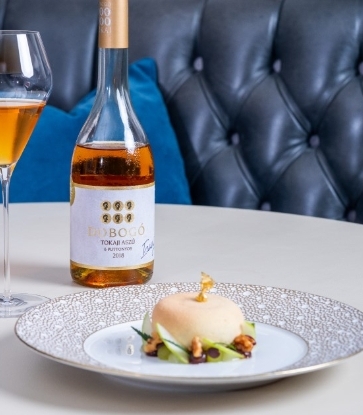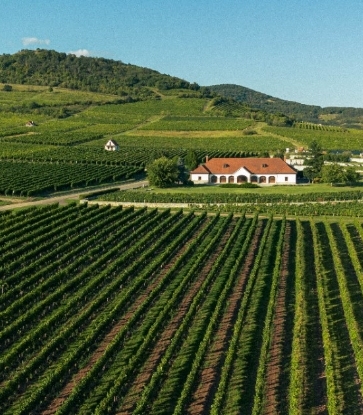Though colourful and fast-moving throughout the year, many of Hong Kong’s biggest festivals and feasts take place during winter.
As Christmas and Lunar New Year draw near, dazzling decorations of different styles permeate every street corner of Hong Kong. So do seasonal culinary specialities: clay pot rice, snake soup, sugar-roasted chestnut, and poon choi are just some of the magnificent foods locals sink their teeth into following a day of birdwatching or flower viewing during winter.
Below are five activities travellers should not miss if they are in town at the turn of the year.
RELATED: MICHELIN Inspectors' Favourite Hong Kong Winter Comfort Foods

1. Appreciate the Christmas Lights
Christmas is one of the most celebrated festivals in Hong Kong. From November onwards, Santa Claus and his entourage announce their arrival on the façades of the skyscrapers and shopping malls with sparkling light installations, warming up the nighttime while the latter becomes longer every day.
Those who are short on time can take head to Tsim Sha Tsui, the area with the highest concentration of festive lights. The eastern end of its seafront promenade is a great starting point to take in the illuminated vistas of the other side of the harbour. The spectacle continues around the main thoroughfare of Tsim Sha Tsui East, with kaleidoscopic beams shining on the buildings adjacent to the water fountain on Mody Road. A stroll westward will take visitors to the MICHELIN-recommended hotel The Peninsula Hong Kong, which features a different Christmas-themed installation every year to keep passers-by enchanted.
On the Hong Kong Island, Lee Tung Street in Wan Chai and Hong Kong Times Square in Causeway Bay are the most popular spots among Christmas lights spotters. The festive mood of the city further intensifies with the open-air market in Stanley offering carefully made handicrafts, and the fairground at Central’s waterfront promenade bringing out all kinds of rides for thrill seekers.
RELATED: The Ultimate Shopaholic's Guide to Hong Kong: Kowloon

2. Delve into Seasonal Delicacies
Comfort is the keyword for all the winter foods found in Hong Kong. Nothing embodies such quality better than clay pot rice, and the multi-sensory pleasure that ensues when it gets uncovered: sizzling sounds, rising steams, and an intoxicating fragrance hit diners immediately, reminding them to drizzle the accompanying soy sauce (often seasoned in-house for extra depth) on top. The rice, cooked from scratch inside the pot, will soak up the flavours of all the toppings and be devoured by discerning gourmets within minutes. Try it at Kwan Kee Clay Pot Rice (Queen’s Road West), an esteemed entry on the Bib Gourmand selection.
RELATED: What Makes The Perfect Claypot Rice, According To Hong Kong's Top Chefs

Snake soup is another seasonal staple made with shreds of snake and chicken – first-time consumers might be surprised to find how similar the two types of meat taste – shiitake mushroom and wood ear fungus. Locals love to pair the hearty broth with a bowl of sticky rice with preserved meat. You will find satisfying renditions from MICHELIN-recommended She Wong Hei and Bib Gourmand restaurant She Wong Leung.
Old Hong Kong associate winter with a certain scent: that of sugar-roasted chestnut from mobile pushing carts. They are fitted with a wok and copious charcoal beads. Inside, chestnuts are stirred around with coarse sugar, which gives them a malty taste. The carts used to be found everywhere when the temperature dropped, but have become somewhat of a rare sight, with just about 20 licensed vendors across the city. If you see (or smell) one, don’t miss it.

3. Enjoy the Full Lunar New Year Experience
The Lunar New Year usually falls in January or February. Tradition obligates Hongkongers to head to the festive flower markets, which typically open a week before the Lunar New Year’s Day. Flowers carrying auspicious meanings are purchased to decorate homes and strengthen the fortune of a household. Visitors can also find snacks and celebratory decors in most markets, making them a great option for socialising. The biggest flower market at Causeway Bay’s Victoria Park has more than 300 vendors. It stays in operation overnight on selected days when the convivial spirit is at its peak.
More entertainment can be expected on the Lunar New Year’s Day: a parade of glamorously dressed floats and performers will traverse the heart of the city. Remember to consult the official announcement about the course of the parade since it changes annually. The following day is headlined by sensational fireworks complemented by uplifting music. Some of the best places to catch the show include the waterfronts of Tsim Sha Tsui and Wan Chai.
RELATED: Lucky Lunar New Year Recipes from MICHELIN-Starred Restaurant Chefs

Poon choi is an indigenous culinary icon from Hong Kong’s walled villages eaten during the Lunar New Year period. While served in a single basin, its immense size qualifies it as much as a proper meal as a dish. Many foods deemed propitious, from expensive abalone and dried oysters to affordable pigskin, are prepared separately and placed inside the container in layers. The appeal of poon choi has spread far beyond the village walls over the recent years, and gourmets can get a taste of it at many MICHELIN-recommended restaurants.
The Shangyuan Festival caps off the festivities at the mid-point of the first Lunar month. Families often enjoy tangyuan, glutinous rice balls, on this day as a symbol of togetherness. To honour the custom in style, taste the dessert at Kai Kai, a Bib Gourmand destination or MICHELIN-recommended Ho Kee Dessert (To Kwa Wan) and Shum Shum Desserts.

4. Winter Flower Viewing
Overshadowed by the highly urbanised centres, Hong Kong’s countryside actually boasts a diverse array of plants, dotting hiking trails with different blossoms in each season. Those who have spent time on the hills in winter would not be strangers to bell flowers, whose pinkish hue and lantern shape are easy to recognise. Back in the city, the plump, magenta bauhinia blakeana, has a strong presence in many parks, which explains why it was chosen to be the local floral emblem.
Every January and February, heaps of flower lovers travel to Tai Po Farmers’ Market for a glimpse of the elegant plum blossoms. The blooming of the white blossoms typically precedes that of their red counterparts, each lasting for roughly two weeks only.
Hot pink peach blossoms are another seasonal favourite. Not only anticipating the arrival of spring, they embody good fortune in human relationships, which makes them a vital component of the Lunar New Year mise en scene at shopping malls. Those who want to increase the chances of meeting their perfect match could follow the local superstition and walk around the flowers three times.
A final checkpoint for plant lovers is the flower market at Prince Edward. The 400 or so shops there have various specialities in native and imported flowers. The combination of all the colours and textures is impressive on any given day, and it only gets better during the Lunar New Year when temporary vendors put their homegrown festive flowers on sale.
RELATED: A Family-Friendly Guide to Hong Kong

5. Birdwatching
Hong Kong is an ideal winter resort or pitstop for many migratory birds. Add to a wide spectrum of native species, they are responsible for the spike of birdwatching activity during the colder months. Scarlet minivet is among the most outstanding, donning feathers of black and red (male) or yellow (female) and a zigzag pattern. They prefer moving in groups and turn the sky into glorious patches of colours when they do so.
Dark blue feathers and green eyes give cormorant a loftier temperament. On a lucky day, you might find them diving into the water and honing their fishing skills. Even novices can have a field day sighting the less elusive species such as light-vented bulbul and little egret.
Location-wise, Mai Po Nature Reserve have long been hailed as a paradise for birds. In fact, beautiful birds are plentiful during winter in country parks or even urban spaces — as long as you pay close enough attention to them.



